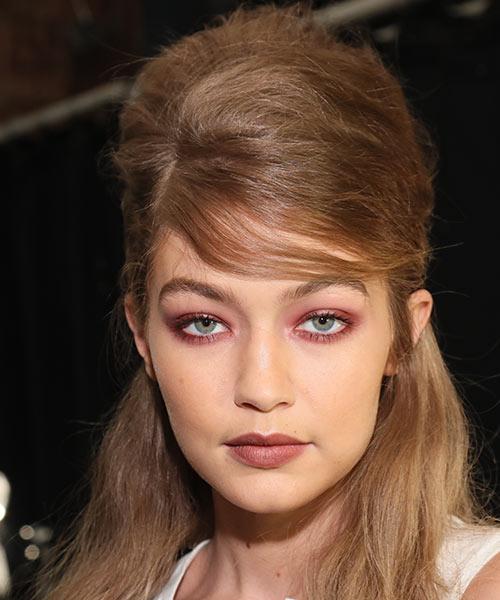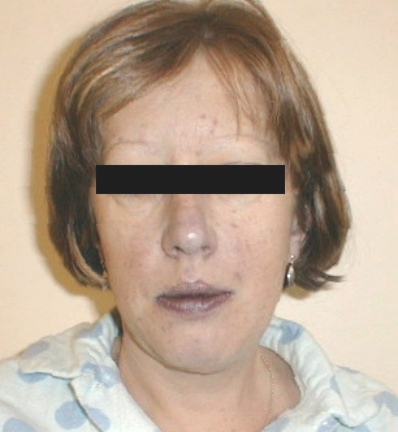


So as you can see there are many possible causes for the staining of the fur around your dog’s mouth and on his paws, a visit to your vet would be the best way to find out what the cause is and how best it can be treated. Stress and or allergies can cause dogs to dribble and or chew their paws this is another common cause of Porphyrin staining around the mouth and feet. These can best be treated once identified and the exact type of growth determined.

Polyps, growth or cysts in the mouth can also cause irritation that may lead to excess saliva production and therefore staining. In very extreme cases surgery may be needed.
BLUE TINGE AROUND MOUTH SKIN
The skin folds can become very painful and infected this can usually be treated with antibiotics, pain relief and or regular cleansing of the affected areas. This is thought to be related to the fact that the nose of the dog is shortened, and the soft tissues including the skin are not, which can lead to folds of skin which collect saliva and food particles. Other mouth related conditions that may lead to saliva staining include: inflamed and or infected fold in the gum flaps which are common in breed such as the Cavalier King Charles Spaniel. Read: Sometimes it’s not teeth – other causes of bad breath in pets. Dental health care includes special diets to reduce plaque build- up, use of tooth brushing where appropriate and or dental chews to keep your pets mouth as clean and healthy as possible. Your pet will receive follow up checks and advice regarding a dental health care plan to reduce the need for further dental treatment in a hurry.
BLUE TINGE AROUND MOUTH PLUS
Treatment for dental disease may include a course of antibiotics to treat any infection present, the use of pain relief plus or minus dental surgery to clean and remove any loose/infected teeth. There are many possible causes for the staining you have noticed, which include: dental disease, other conditions of the mouth, allergies and stress.ĭental disease is a very common finding in both dogs and cats of around 3 years of age and over, a build-up of plaque and bacteria can lead to inflammation of the gums (gingivitis) and loosening of the teeth ( periodontal disease) which can result in dribbling ( excessive salivation). The staining of the fur itself is of no actual harm to your pet however, it is important to get to the bottom of why it is happening and I would definitely advise that you discuss this further with your vet. The discolouration from the Porphyrin is most obvious on light coloured fur. Porphyrin is a naturally occurring substance in the tears and saliva and tends to show up as a pink/brown colour where your pet has licked, dribbled or produced lots of tears.


 0 kommentar(er)
0 kommentar(er)
